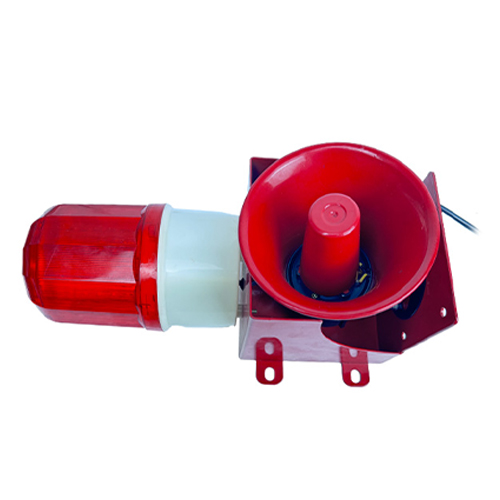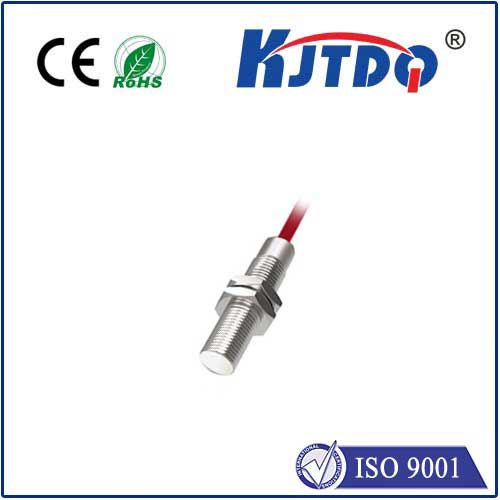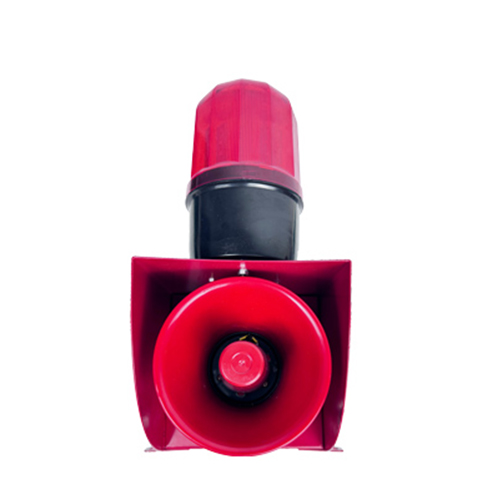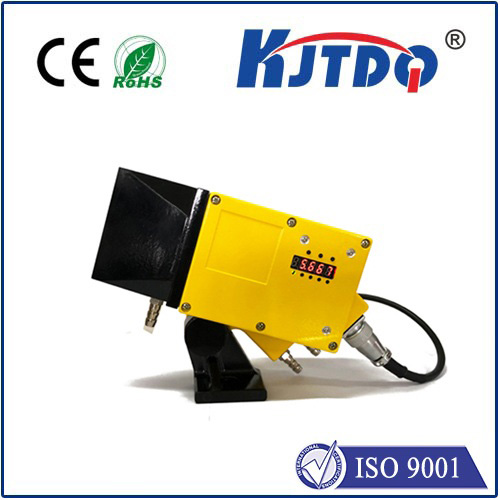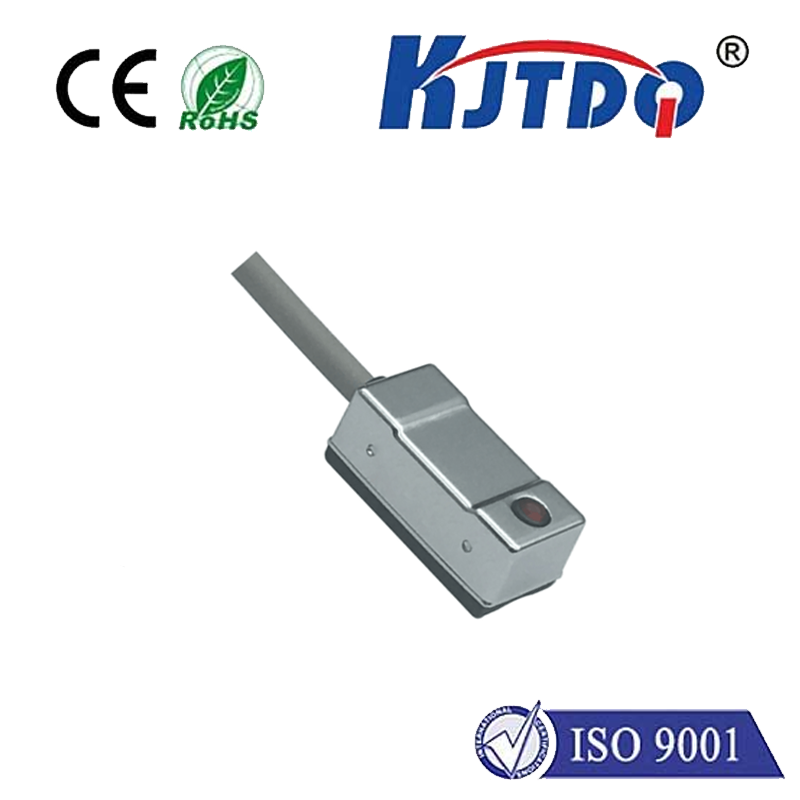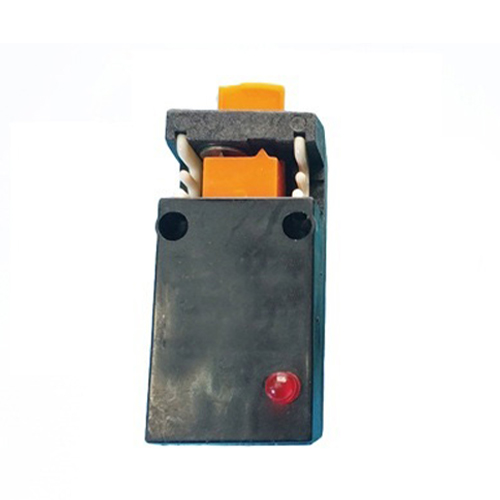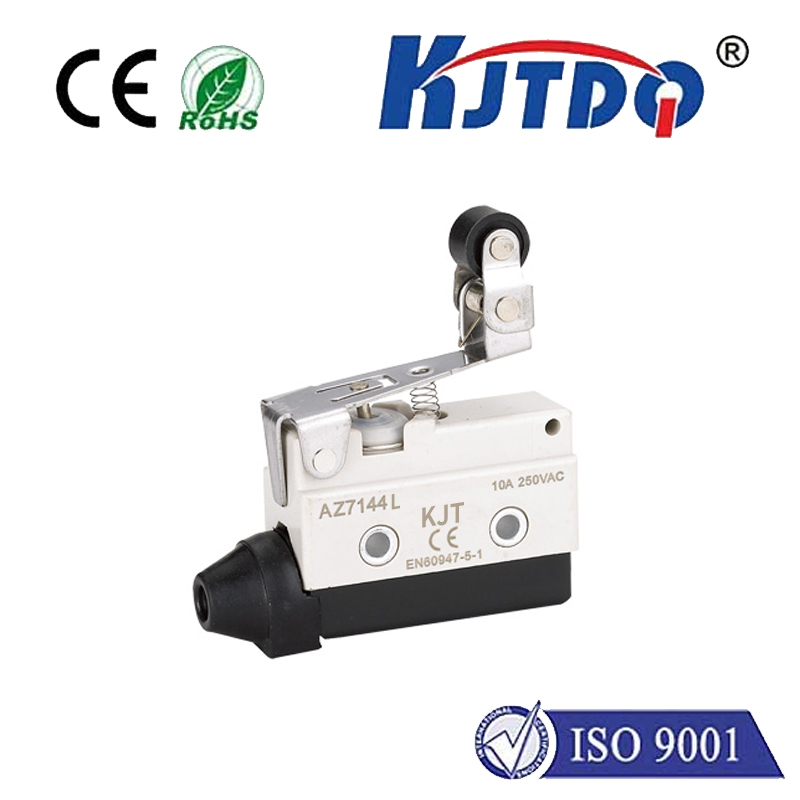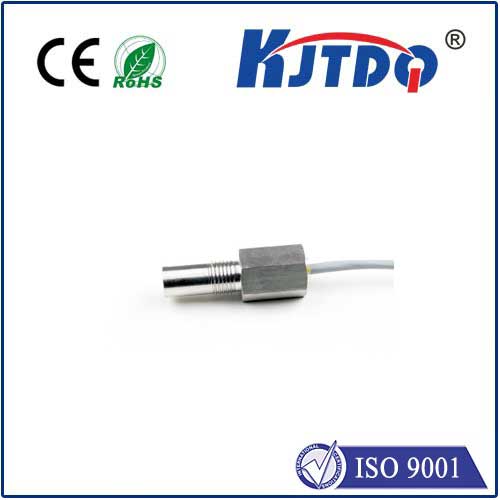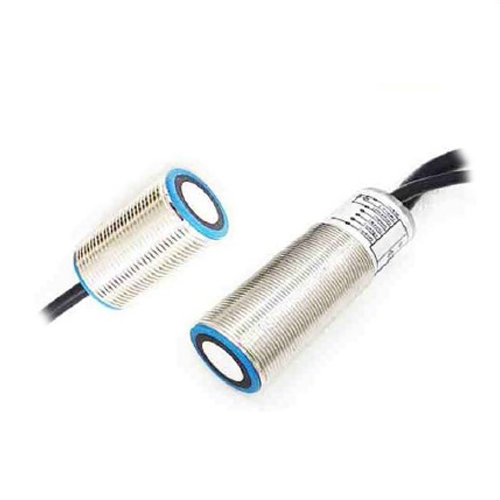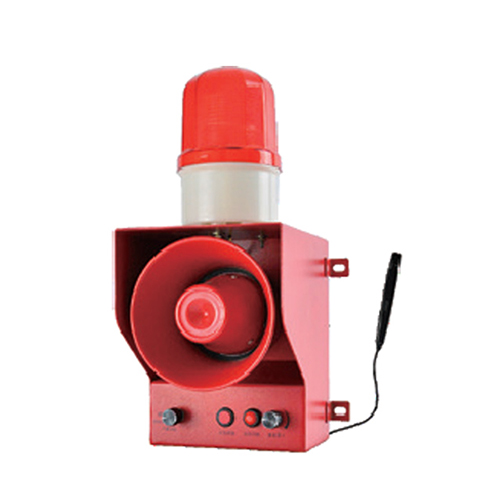temp sensor
- time:2025-08-19 13:27:31
- Click:0
The Unsung Hero of Modern Tech: How Temp Sensors Power Our World
Think about your morning routine. Your coffee maker knew exactly when to stop heating to deliver that perfect brew temperature. Your car engine purred to life, its internal temperature carefully monitored to prevent damage. The package containing your latest online order arrived intact, its sensitive contents protected by temperature-controlled shipping. What invisible force makes this seamless precision possible? The answer lies in the ubiquitous, yet often overlooked, temperature sensor.
Far more than a simple component, the temperature sensor is a fundamental building block of our technologically driven society. At its core, a temperature sensor is a device engineered to detect thermal energy – heat – and transform it into a measurable signal, typically electrical. This signal becomes crucial data, feeding control systems, safety mechanisms, and monitoring applications across countless domains. Modern life, from the comfort of our homes to the robustness of global industries, hinges significantly on the accurate and reliable data provided by these essential devices. Their role is foundational, ensuring efficiency, safety, and innovation.
Decoding the Signal: How Temperature Sensors Work
The magic happens through various physical principles harnessed by different sensor types:

- Electrical Resistance Changes: Many sensors exploit how a material’s electrical resistance shifts predictably with temperature.
- RTDs (Resistance Temperature Detectors): Typically made of pure platinum wire, these devices offer exceptional accuracy and stability, making them ideal for demanding laboratory and industrial applications where precise thermal monitoring is non-negotiable. Their resistance increases linearly with temperature.
- Thermistors: Constructed from ceramic materials, thermistors exhibit a large, non-linear change in resistance with temperature. They excel in applications where high sensitivity is needed within a limited range, often used as inrush current limiters or simple over-temperature switches. Negative Temperature Coefficient (NTC) thermistors decrease resistance as temperature rises.
- Voltage Generation: Some sensors create their own electrical signal when exposed to a temperature gradient.
- Thermocouples: Formed by joining two dissimilar metal wires, they leverage the Seebeck effect. The temperature difference between the joined end (measuring junction) and the other end (reference junction) generates a small voltage directly proportional to that difference. Known for their extreme ruggedness, wide temperature range capabilities, and rapid response times, thermocouples are indispensable in furnaces, jet engines, and industrial processes involving intense heat.
- Semiconductor Properties: Silicon itself can be the sensing element.
- Silicon Bandgap Sensors: These integrated circuits (ICs) use the predictable voltage-temperature relationship inherent in silicon transistors. They provide a linear output, are easy to integrate with digital systems, and offer good accuracy for consumer electronics, battery management, and environmental monitoring at moderate temperatures.
Choosing the Right Sentinel: Key Considerations
Selecting the optimal temperature sensor isn’t about finding the “best” universally, but the “best fit” for the specific challenge. Critical factors include:
- Temperature Range: Can the sensor withstand the minimum and maximum temperatures it will encounter? A thermocouple survives industrial kilns (>1000°C); an NTC thermistor might top out at 150°C.
- Required Accuracy & Stability: Does the application demand laboratory-grade precision (favoring RTDs) or is moderate accuracy sufficient (like many IC sensors)?
- Response Time: How quickly must the sensor detect a temperature change? Thin-wire thermocouples and tiny thermistors respond fastest; larger RTDs and probes are slower.
- Environment: Will the sensor face moisture, chemicals, vibration, or electromagnetic interference? This dictates ruggedness needs and protective packaging (probes, sheaths).
- Output Needs & Cost: Is a simple analog voltage or resistance sufficient, or is digital output preferred for microcontrollers? Budget constraints inevitably play a role alongside technical requirements.
Ubiquitous Impact: Where Temp Sensors Make a Difference
The applications of temperature sensors are staggeringly diverse, touching nearly every aspect of modern life:
- Industrial Process Control & Automation: Maintaining precise temperatures is critical in chemical manufacturing, food & beverage processing, pharmaceutical production, refining, and plastic molding. Sensors ensure product quality consistency and process efficiency.
- HVAC & Building Management: Creating comfortable and energy-efficient environments relies on sensors monitoring ambient air, ducts, water lines, and equipment surfaces.
- Automotive Innovation: Modern vehicles contain dozens of temperature sensors. They monitor engine coolant and oil (preventing catastrophic overheating), transmission fluid, cabin air, battery packs in EVs (critical for safety and longevity), exhaust gas (for emissions control), and external air. This real-time thermal data is fundamental to performance, efficiency, and emissions compliance.
- Consumer Electronics: Preventing overheating is paramount. Sensors protect smartphone processors, laptop CPUs, gaming consoles, power adapters, and batteries. Refrigerators, ovens, washing machines, dryers, and coffee makers all depend on them for correct operation.
- Medical & Healthcare: Precision temperature control is vital for patient incubators, sterilization equipment, dialysis machines, and MRI scanners. Wearable patches and digital thermometers provide essential patient diagnostics. Laboratory research equipment requires highly accurate thermal monitoring.
- Energy Management: Sensors monitor transformer temperatures in the power grid, solar panel efficiency (which decreases with heat), battery storage systems, and heating/cooling systems for optimized energy usage.
The Future is Smart: Beyond Basic Measurement
The evolution of the temperature sensor continues, driven by demands for greater intelligence, connectivity, and integration:
- Digital Dominance: Sensor ICs with built-in analog-to-digital converters (ADCs) and digital interfaces (like I2C or SPI) are becoming standard, simplifying integration into complex electronic systems and microcontrollers.
- Wireless & IoT Integration: Sensors equipped with Bluetooth, Wi-Fi, LoRaWAN, or cellular connectivity enable remote temperature monitoring across vast areas – warehouses, farms, logistics fleets, smart cities – providing unprecedented data access and operational insights.
- Enhanced Intelligence: Future sensors may incorporate more onboard processing, enabling local decision-making, predictive maintenance capabilities based on thermal trends, and advanced diagnostics. Combining temperature data with other parameters (humidity, pressure, vibration) through sensor fusion creates richer contextual understanding.
- Miniaturization & New Materials: Research into nanomaterials and novel MEMS (Micro-Electro-Mechanical Systems) structures promises even smaller, faster, and potentially cheaper sensors for next-generation wearable and medical devices.
Calibration: The Bedrock of Trust
Regardless of type or sophistication, the accuracy of a temperature sensor degrades over time and with use. Regular calibration against a traceable standard is essential to ensure ongoing reliability and trustworthiness of the data it provides, especially in critical applications like healthcare, aerospace, and precision manufacturing. This process validates that the sensor’s readings match known temperature references within required tolerances.
From the complex machinery driving global industry to the smart thermostat in your living room, the temperature sensor operates silently in the background, a testament to essential engineering. It transforms the invisible force of heat into actionable data, enabling efficiency, safeguarding equipment and lives, and empowering the innovations that shape our future. This unassuming component is truly a cornerstone of the modern technological world.












